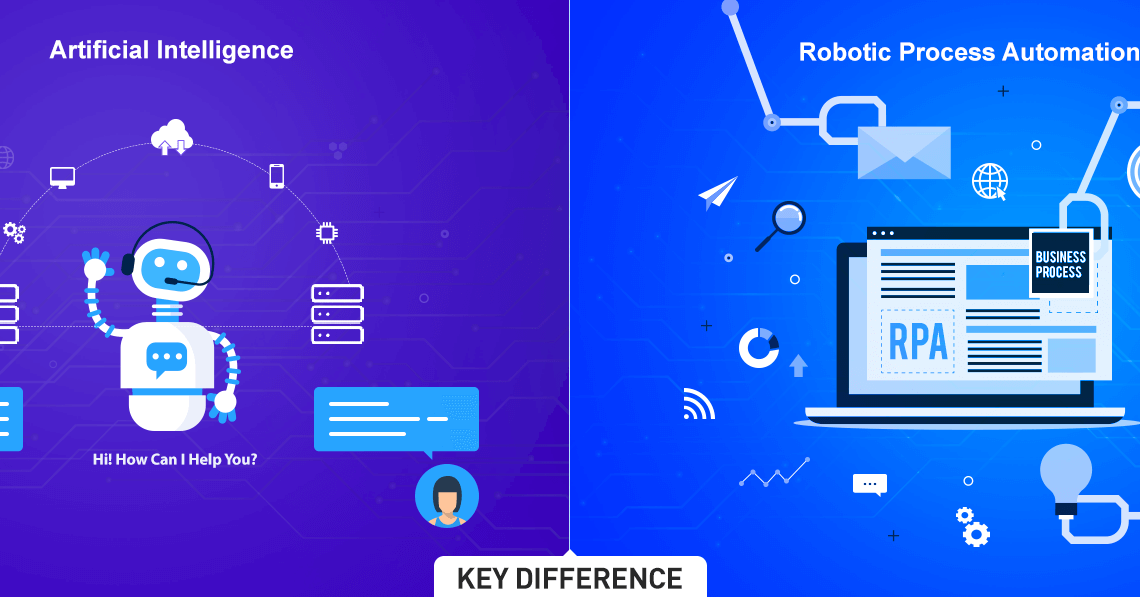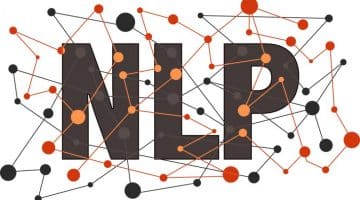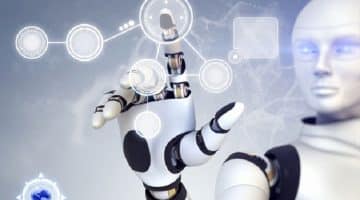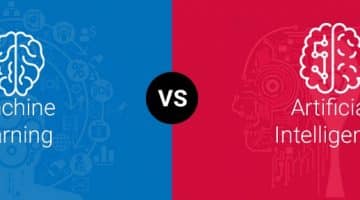If you are searching different between RPA and AI then first you should know that RPA is robot software which mimics actions of the human, on the other hand, AI is the reproduction of human intellect by machines.
Most of the people generally asked regarding the dissimilarity between Artificial Intelligence (AI) and Robotic Process Automation (RPA). A few even puzzled the two to be of similar type.
To effectively make the matters poorer, some vendors are now brandying regarding different terms such as Intelligence Process Automation (IPA) or Intelligent Automation (IA).
For the inexperienced, these all jargon can be very puzzling, and possibly difficult.
To assist you positively, we have assembled this post to point out some main differences between AI and RPA, mainly in the context of procedure automation.
First, we are starting with some definitions:
The IEEE SA, led by a different panel of business participants, makes publish the Guide for concepts and terms in IPA. The motive of this specific standard is to promote consistency and clarity in the utilization of terminologies in this still budding business.
As per to IEEE, RPA recommends to the utilization of a “preconfigured program case which utilizes rules of the business and predefined activity composition to complete the independent execution of a mixture of procedures, transactions, activities, and tasks in more than one unrelated systems to provide a service or result with human exemption management.”
On the other hand, AI is “the mixture of cognitive mechanization, ML (machine learning), reasoning, analysis and hypothesis generation, processing of natural language and planned algorithm mutation producing analytics and insights above or at the human skill.”
Sounds a taste?
For straightforwardness, you can plan of RPA as a robot which mimics actions of the human, whereas AI is apprehensive with the imitation of human intelligence by different machines.
Intelligent Automation
Earlier than we go into the dissimilarities between the two major technologies, it is crucial to experience that AI and RPA are nothing but different parts of a continuum recognized as IA.
Action versus Planning
On the most basic level, RPA is related to “action” whereas ML and AI are concerned with “planning” as well as “learning”.
For example:
Your possible suppliers send you the invoice electronically, you can easily download the invoices into a particular folder, and you can extract the related information from the particular invoices, and ultimately make the bills in your accounting program.
In this situation, RPA is appropriate for automating the sound work of recovering emails (for straightforwardness, retrieval is completely based on the subject of email), downloading the available attachments into a specific folder, and make the bills in the accounting program (mostly throughout actions like copy and paste).
Alternatively, AI is needed to cleverly “read” the specific invoices, and take out the pertinent details like a number of the invoice, name of the supplier, due date of the invoice, description of the product, due amounts, and a lot more.
Why this?
It is just because the invoices are mainly unstructured or at the very best, semi-craft data. Like, different types of suppliers have different formats and templates of the invoice. Even, there are different numbers of line items across different type of invoices.
Like every activity in RPA have to be explicitly scripted or programmed, practically it is not possible to teach the bot accurately where to extract the related information for each received invoiced. Thus the requirement for AI to intelligent deciphers the invoice only as a world of human.
To confirm, it is feasible to handle the processing of the invoice through RPA only. In this specific case, we will organize what is generally recognized as attended mechanization.
Robotic Desktop Automation (RDA) or Attended automation is the same as a virtual helper that works hand-in-hand with your workers.
Going again back to our given example, after the specific invoices have been completely downloaded, they would be moved through an OCR program that will try to extract the needed details. Then, a human operator will validate this available information, earlier than handing over the work back again to the RPA bot to make the particular invoices in the specific system.
The major benefit of utilizing an AI and RPA solution is that you can easily get straight-through processing. The disadvantages are improved costs as well as the complexities of the project.
Data-centric versus Process-centric
One more major difference between AI and RPA lies in their concentration.
RPA is very much process-driven, it is all regarding repetitive automating, processes based on rules which typically need interaction with different, disparate IT systems. Though, for implementations of RPA, workshops of process discovery are generally a prerequisite to map out the available process and to paper them in the PDD.
On the other hand, AI is all regarding high-quality information.
Just the same as invoice processing example, we will think ourselves with searching enough sample invoices to train the algorithms of ML, confirming our samples are of high quality, confirming the invoices are a delegate of the data set, in between others.
After that, the work is to choose a suitable ML algorithm, and after train the algorithm efficiently thus it is capable to recognize other new invoices quickly and more precisely than a human.
Digital Staircases to IA
At the day end, AI and RPA are but important toolkits that you can utilize to help the digital transformation of your organization.
The option of applying either AI or RPA completely depends on your particular use case, and confirming “fit for a reason”.
For RPA, some companies have cited reasons like wishing to capture the “lower hanging fruits”, fast implementation as well as time-to-promote, lower costs as well as problems and more.
And some are making the intelligent bet of utilizing RPA as an important step in the digital stairways to IA.
Summary: We expect that this article has offered you with a complete level of clarity on what AI and RPA is, and we look onward to welcoming you on the journey of your intelligent automation.




